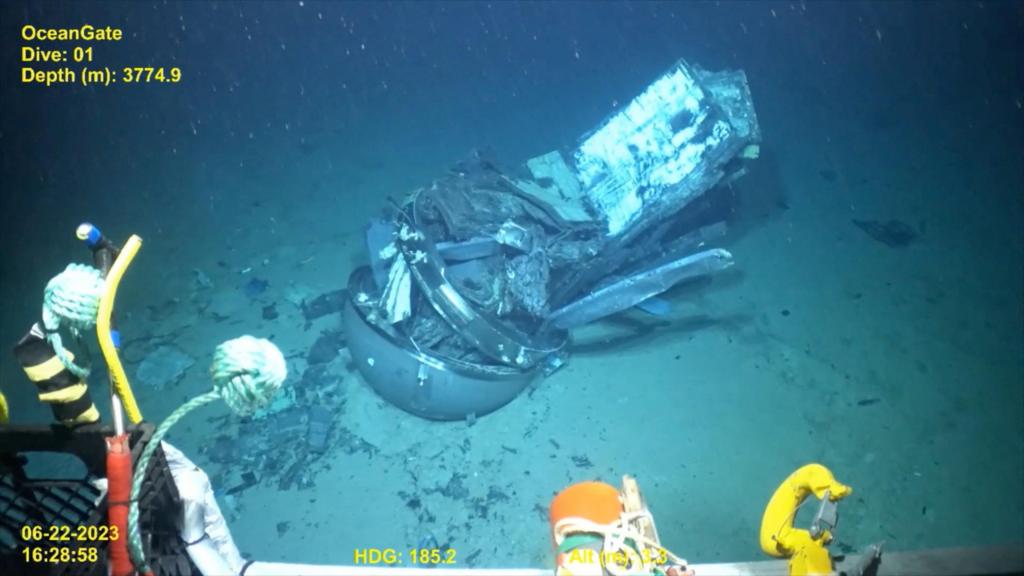Titan Sub Disaster Is Way Worse Than You Thought

Titan Sub Disaster: What Really Happened
Two years after the Titan submersible tragedy, new details reveal the complexities behind the disaster. The Titan, operated by OceanGate, was on a mission to explore the Titanic wreck when it tragically imploded, killing all five onboard. Here’s a closer look at what led to this catastrophic event.
The Journey Begins
On June 18, 2023, OceanGate’s Titan submersible launched its fateful expedition. The dive, known as “Mission 5,” departed from St. John’s, Newfoundland. Among the passengers were Stockton Rush (OceanGate’s CEO), British billionaire Hamish Harding, and others, all eager to experience a once-in-a-lifetime underwater journey.
Despite previous warnings and safety concerns, Stockton Rush assured participants that the vessel was safe, even offering discounted tickets to encourage participation. The dive commenced smoothly, with regular updates sent to the mother ship, Polar Prince. However, at a depth of 3,341 meters, all communication ceased after a cryptic message: “Dropped two watts.”
Tragic Discovery
The U.S. Navy’s acoustic detection system picked up sounds consistent with an implosion, hours after the sub submerged. Days later, debris from the Titan was discovered near the Titanic wreck site. Investigations revealed that the implosion occurred in milliseconds, leaving no time for the passengers to react.

A History of Warnings Ignored
OceanGate faced scrutiny for its operational practices and lack of adherence to safety regulations. Former employees, like David Lochridge, raised concerns about the Titan’s structural integrity. Lochridge, fired in 2018 after questioning the company’s safety measures, testified about troubling incidents, including a dive where CEO Stockton Rush disregarded standard protocols.
The Titan lacked critical safety features, such as acoustic beacons and proper hull testing. Experts, including members of the Marine Technology Society, had previously warned Rush about the risks of the submersible’s experimental design. In 2018, they issued a letter outlining concerns, but OceanGate chose to operate in international waters to avoid regulatory oversight.
Final Moments and Aftermath
Before its last voyage, the Titan experienced several malfunctions, including an aborted dive due to structural issues. Witnesses recounted loud noises and shifting components during previous dives, suggesting underlying flaws that went unaddressed. Despite these red flags, OceanGate proceeded with the Titanic expedition.
Investigators later recovered human remains and fragments of the Titan. Analysis confirmed that all five passengers had perished instantly during the implosion. The tragedy exposed not only technical failures but also a culture of risk-taking within OceanGate, driven by Rush’s ambitions.








